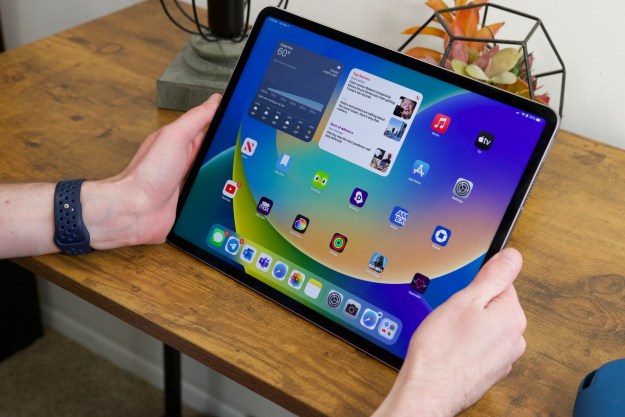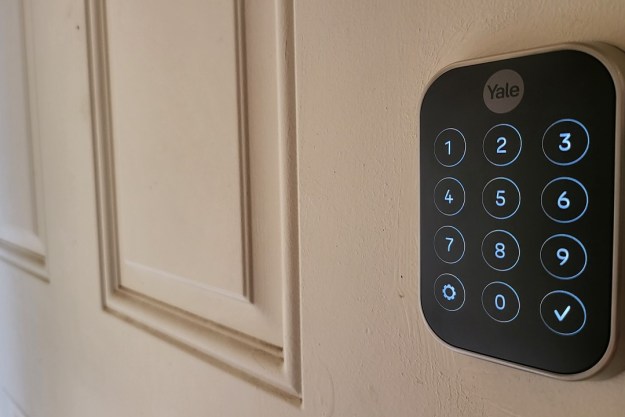The Yale Assure Lock 2 was already one of the best smart locks of 2023, thanks to its versatile smartphone app and a bevy of unique designs — including a keyless model and vibrant Magenta color. Today, Yale is expanding the lineup by introducing the Assure Lock 2 Plus and Assure Lock 2 Touch, both of which bring new capabilities to a smart lock already loaded with premium features.
If you own an iPhone or Apple Watch, the Yale Assure Lock 2 Plus is a most compelling new product. Offering support for Apple Home keys, you can now unlock your front door by simply tapping your iOS device on the Assure Lock 2 Plus.

The base version of the Assure Lock 2 Plus costs $210 and supports Bluetooth and HomeKit. You can add Wi-Fi support for an extra $80.
Meanwhile, the Assure Lock 2 Touch adds a fingerprint scanner — which is the first time such a feature will be available on a Yale smart lock. Up to 20 fingerprints can be registered, making it easy for you to give access to everyone in your family (as well as a few frequent guests).
The Assure Lock 2 Touch costs $200 and supports Bluetooth and HomeKit. You can again add Wi-Fi support for an additional $80.
Aside from the new features, both products offer everything you’d find on the original Assure Lock 2. This includes a streamlined design, access to the powerful Yale smartphone app, and the ability to set up temporary profiles for visitors.
The Yale Assure Lock 2 lineup isn’t cheap, but you’re getting what you pay for. If you want to look at alternatives, be sure to check out our roundup of the best smart locks.
Editors' Recommendations
- Matter adds support for fridges, air purifiers, robot vacuums, and more with massive 1.2 update
- Are keyless smart locks safe?
- What is Apple HomeKit?
- How to improve Yale Assure Lock 2 battery life
- Aqara launches U100 smart lock with full Apple HomeKit support




